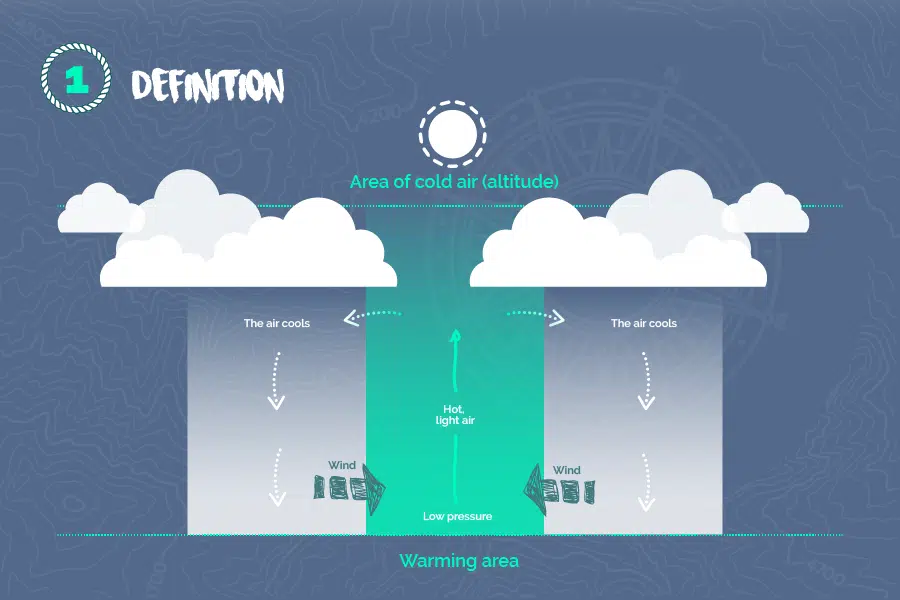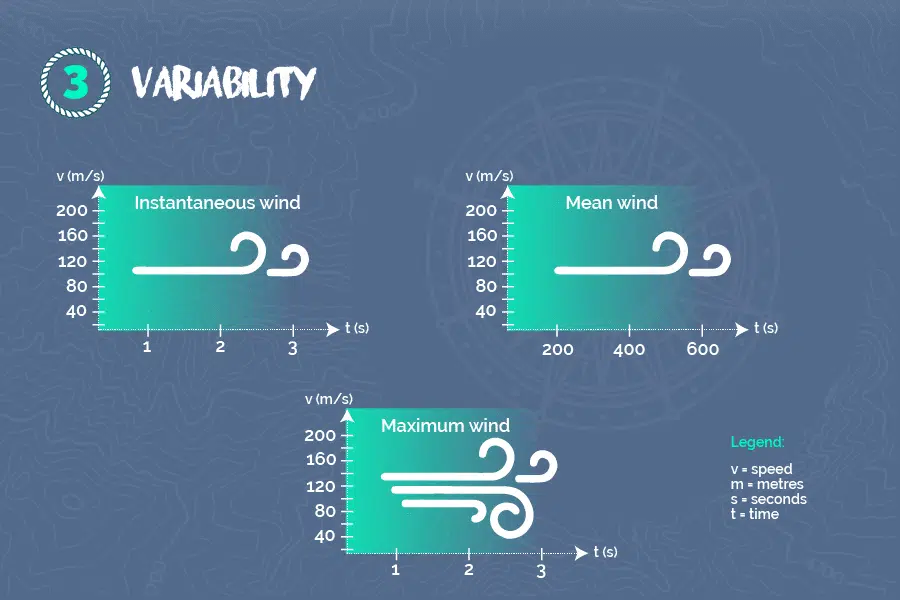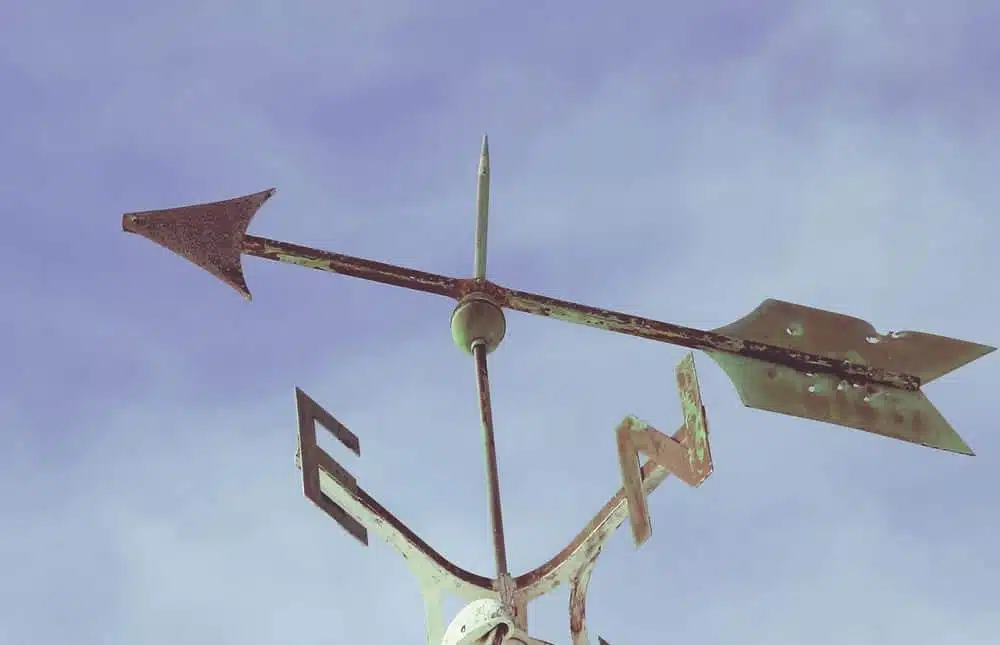Wind, a major indicator for navigation
Just like the tides, the wind is the captain’s senior officer. Depending on its strength and speed, it can cause the ship to change direction. Here are 4 things to know to have the wind in your sails!
1. Definition

From a meteorological standpoint, the wind is the horizontal movement of air. To measure it, two parameters should be taken into account: the direction and speed. An anemometer is a device that enables the speed or pressure of the wind, to be measured, while a weather vane measures the direction of the wind. The speed is generally expressed in km/h or m/s and sailors express it in knots (1 knot = 1.852 km/ h).
2. The Beaufort scale

Devised at the beginning of the 19th century by Francis Beaufort, a British admiral, the Beaufort scale gives an “idea” of the strength of the wind. Used by meteorologists and based on observations of the effects of wind at sea and on land, this scale has 13 levels or intervals numbered from 0 to 12. For example, 0 corresponds to a “calm glassy sea” and 9 to a “strong gale”.
3. Variability

When we talk about speed, we have to take into account the variations linked to the change in time. Thus, we have to distinguish between three wind speeds: the “instantaneous” wind which is measured over a period of three seconds, the “mean” wind which is an arithmetic mean over a period of 10 minutes and the “maximum” wind which is measured in the same way as the “mean” wind but which indicates the peak speeds reached by the gusts.
4. The world record

On 3 May 1998, an incredibly powerful gust occurred in Bridge Creek (United States). Thanks to a Doppler radar which was able to capture the speed inside the tornado, wind of 486 km/hour was recorded. This measurement has not been surpassed since! Before then, the record was held by Cyclone Olivia, in Barrow Island (Australia): 408 km/h.

Set sail with PONANT
Do you prefer a cruise yacht or a sailing boat? Intimate and luxurious, the PONANT ships make each trip sublime.



